Role Physician Name William Gorgas | Years of service 1880–1918 Grandparents John Gayle | |
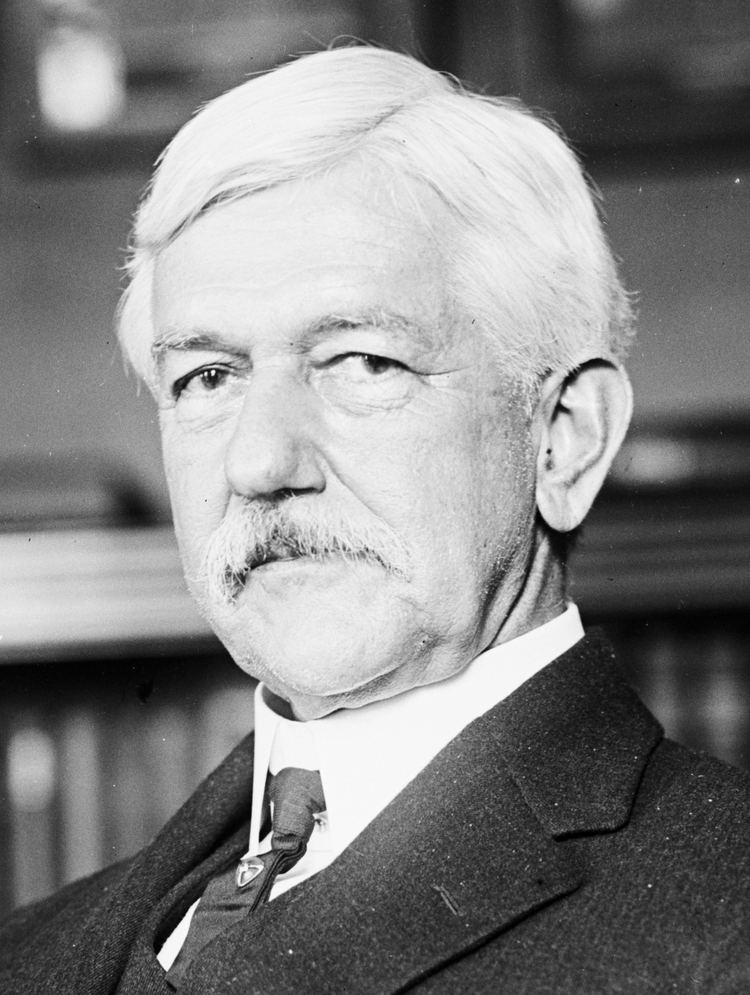 | ||
Born October 3, 1854Toulminville, Alabama, USA ( 1854-10-03 ) Allegiance United States of America Died July 3, 1920, London, United Kingdom Spouse Marie Cook Doughty (m. 1885–1920) Education Sewanee: The University of the South Parents Amelia Gayle Gorgas, Josiah Gorgas Similar People | ||
Dr william c gorgas 1910 panama canal
William Crawford Gorgas KCMG (October 3, 1854 – July 3, 1920) was a United States Army physician and 22nd Surgeon General of the U.S. Army (1914–1918). He is best known for his work in Florida, Havana and at the Panama Canal in abating the transmission of yellow fever and malaria by controlling the mosquitoes that carry them at a time when there was considerable skepticism and opposition to such measures. He was a Georgist and argued that adopting Henry George's popular 'Single Tax' would be a way to bring about sanitary living conditions, especially for the rich.
Contents
- Dr william c gorgas 1910 panama canal
- EXHIBIT ON THE LIFE OF WILLIAM C GORGAS
- Early life and education
- Military career
- Personal life
- Death and legacy
- Military Awards
- Other honors
- Legacy
- References
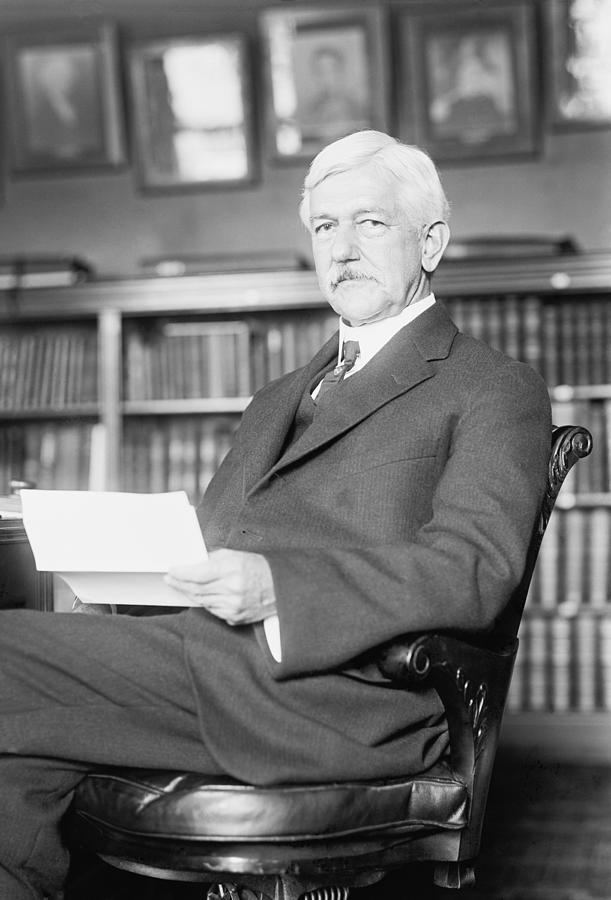
EXHIBIT ON THE LIFE OF WILLIAM C. GORGAS
Early life and education
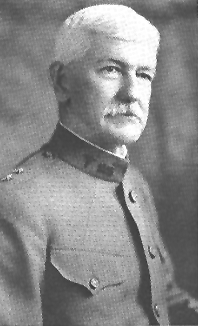
Born in Toulminville, Alabama, Gorgas was the first of six children of Josiah Gorgas and Amelia Gayle Gorgas. After studying at The University of the South and Bellevue Hospital Medical College, Dr. Gorgas was appointed to the US Army Medical Corps in June 1880.
Military career

He was assigned to three posts—Fort Clark, Fort Duncan, and Fort Brown—in Texas. While at Fort Brown (1882–84), he survived yellow fever and met Marie Cook Doughty, whom he married in 1885. In 1898, after the end of the Spanish–American War, he was appointed Chief Sanitary Officer in Havana, working to eradicate yellow fever and malaria. Gorgas capitalized on the momentous work of another Army doctor, Major Walter Reed, who had himself built much of his work on insights of a Cuban doctor, Carlos Finlay, to prove the mosquito transmission of yellow fever. He won international fame battling the illness—then the scourge of tropical and sub-tropical climates—first in Florida, later in Havana, Cuba and finally, in 1904, at the Panama Canal.
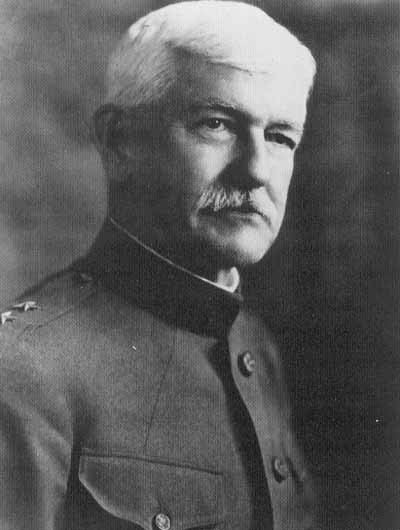
As chief sanitary officer on the canal project, Gorgas implemented far-reaching sanitary programs including the draining of ponds and swamps, fumigation, mosquito netting, and public water systems. These measures were instrumental in permitting the construction of the Panama Canal, as they significantly prevented illness due to yellow fever and malaria (which had also been shown to be transmitted by mosquitoes in 1898) among the thousands of workers involved in the building project.
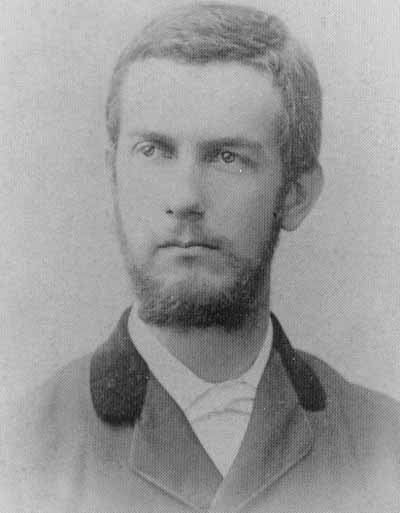
Gorgas served as president of the American Medical Association in 1909–10. He was made Surgeon General of the Army in 1914. That same year, Gorgas and George Washington Goethals were awarded the inaugural Public Welfare Medal from the National Academy of Sciences.
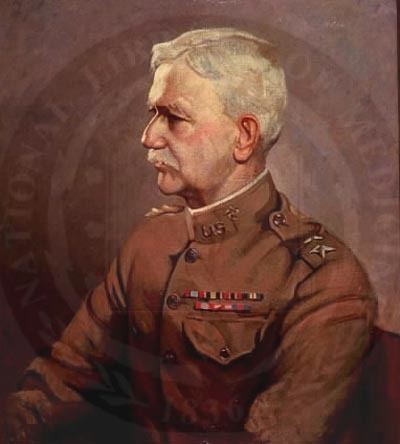
He retired from the Army in 1918, having reached the mandatory retirement age of 64.
Personal life
He was married to Marie Cook Doughty of Cincinnati.
Death and legacy
He received an honorary knighthood (KCMG) from King George V at the Queen Alexandra Military Hospital in the United Kingdom shortly before his death there on July 3, 1920. He was given a special funeral in St. Paul's Cathedral.
Gorgas' name features on the Frieze of the London School of Hygiene & Tropical Medicine. Twenty-three names of public health and tropical medicine pioneers were chosen to feature on the School building in Keppel Street when it was constructed in 1926.
